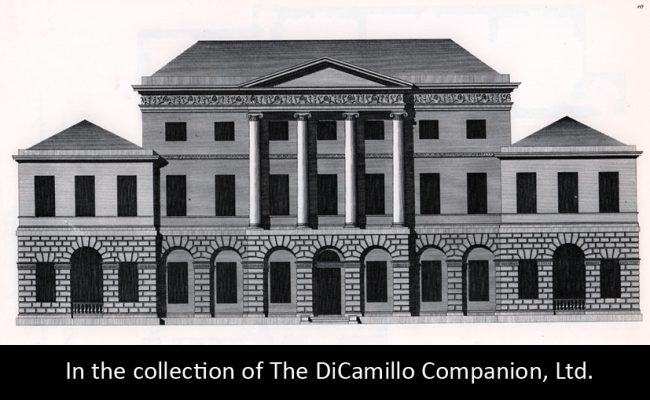
An engraving of the house from the 1771 edition of "Vitruvius Britannicus"

The house, pre-demolition, from "Old and New London," published by Cassell, Petter & Galpin, circa 1880.

The entrance facade in 2014 (post-demolition)
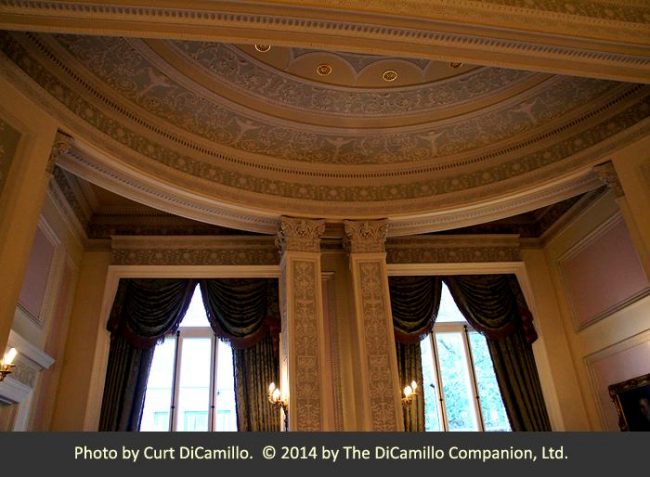
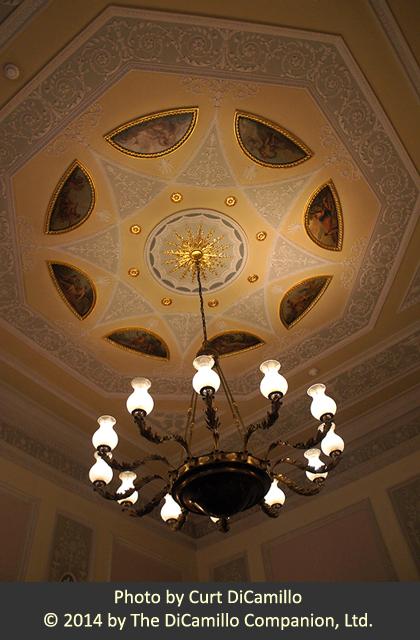

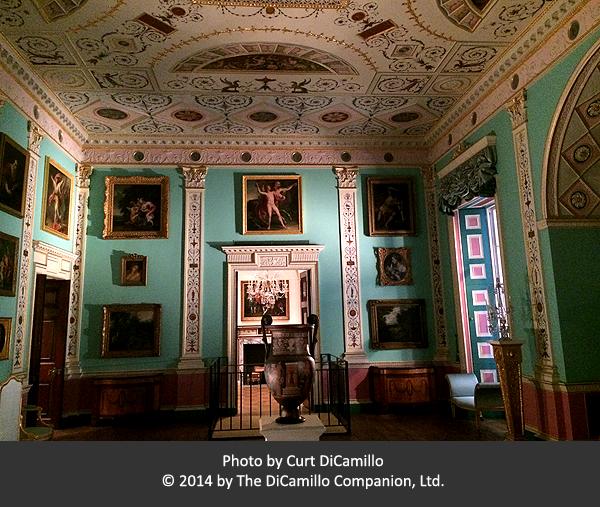
The drawing room, today in the collection of the Philadelphia Museum of Art.
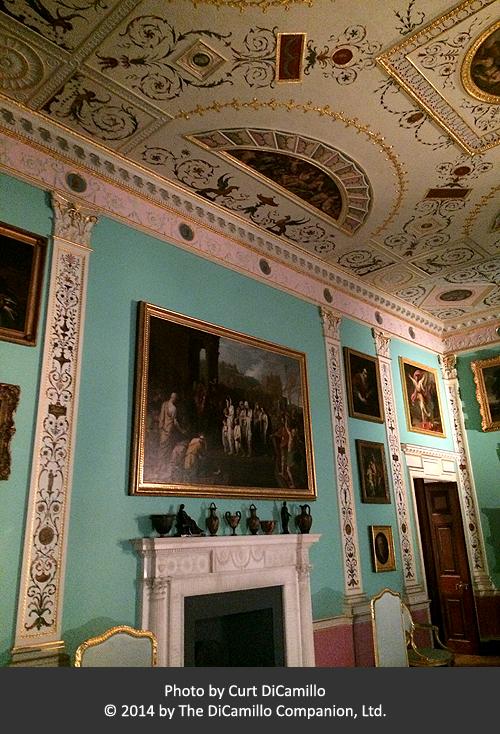
The drawing room, today in the collection of the Philadelphia Museum of Art.
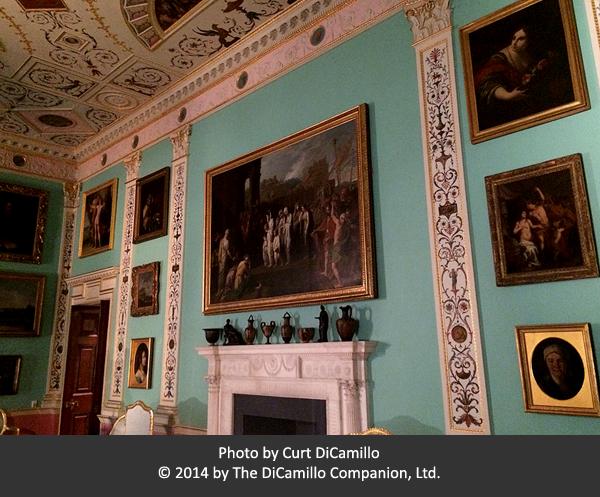
The drawing room, today in the collection of the Philadelphia Museum of Art.
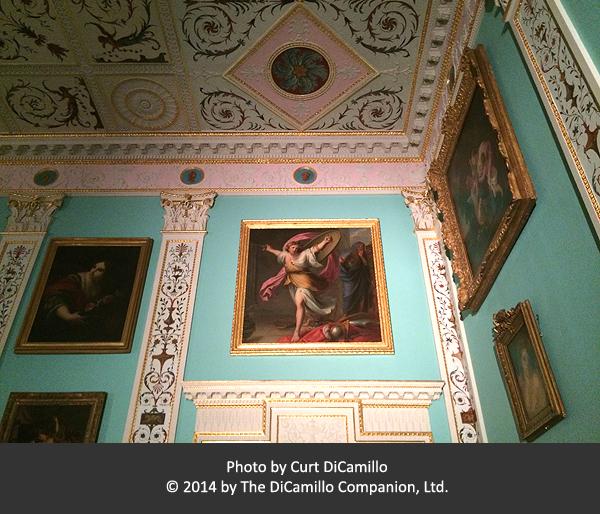
The drawing room, today in the collection of the Philadelphia Museum of Art.

The drawing room, today in the collection of the Philadelphia Museum of Art.
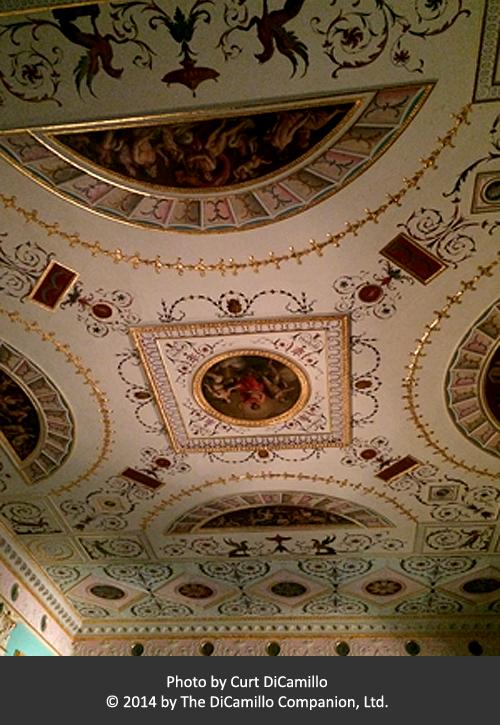
The drawing room ceiling, today at the Philadelphia Mueum of Art.
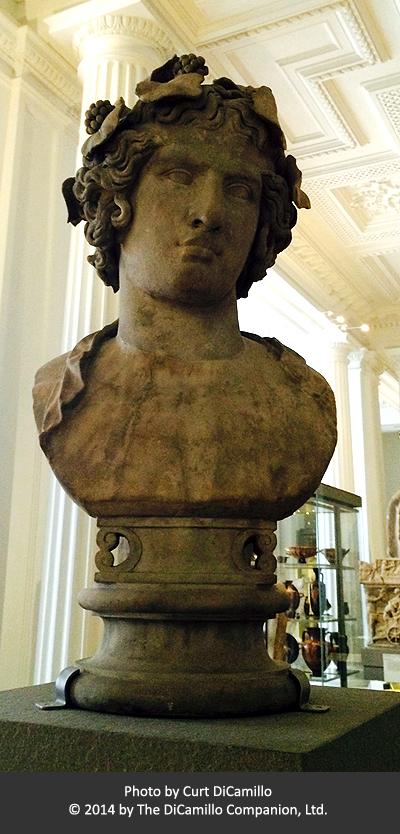
Bust of Antinous as Dionysos, 130-150 AD, found at Hadrian's Villa. Formerly in the Lansdowne House collection and today in the collection of the Fitzwilliam Museum, Cambridge.
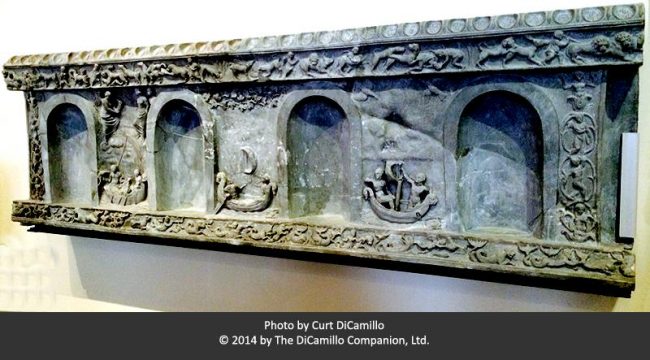
The Lansdowne Relief, 120-138 AD, found at Hadrian's Villa and today in the collection of the Fitzwilliam Museum, Cambridge.

An early 20th century photo of a bas relief sculpture of "Homer Meditating Upon the Iliad," formerly in the collection of Lansdowne House.
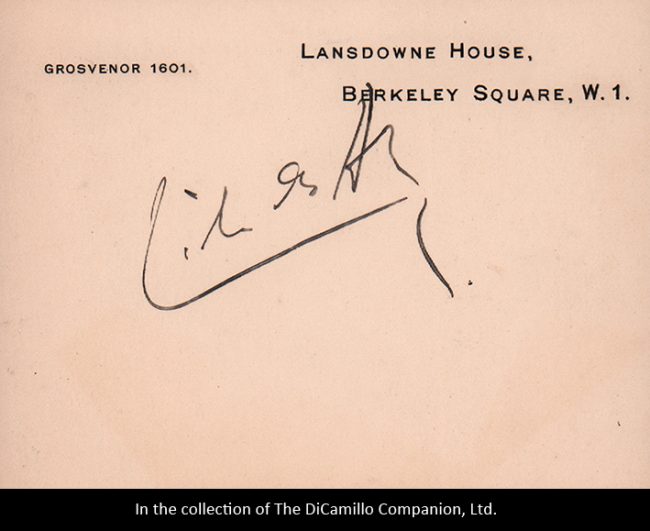
A circa 1910 engraved Lansdowne House card
House & Family History: The 2nd Earl of Shelburne purchased the uncompleted Lansdowne House in 1765; he and his family moved into the house in 1768. On September 3, 1783, Lord Shelburne, then prime minister, conceded independence to the United States in the Treaty of Paris, drafted in the round room at Lansdowne House (the only unaltered original room remaining in the house today); the earl was created 1st Marquess of Lansdowne in 1784 in recognition of this accomplishment. The 1st Marquess was a controversial figure, called "the Jesuit of Berkeley Square," and attacked by Horace Walpole, who described him as "a fictitious violin, which is hung out of a music shop to indicate in what goods the tradesman deals; not to be of service, nor to be depended on for playing a true note. He was so well known that he could only deceive by speaking truth." Lord Lansdowne had his admirers as well, among them Jeremy Bentham, who described him as "one of the pleasantest men to live with that ever God put breath into; his whole study seems to be to make everybody about him happy." Lord Lansdowne was noted for working for the rights of Nonconformists, and for his efforts to settle American loyalists in Canada after the American Revolution (the town of Roseway in Nova Scotia changed its name to Shelburne in recognition of his work in this regard; Lord Lansdowne was Earl of Shelburne at this time). He also befriended and entertained a wide group of people, including Joshua Reynolds, Dr. Johnson, Goldsmith, David Hume, Mirabeau, Turgot, and Benjamin Franklin. In addition, he was a great admirer of George Washington. Benjamin Disraeli called the 1st Marquess "the ablest and most accomplished statesman of the 18th century." The 3rd Marquess was one of the great Whig hosts, having many notables to dine at Lansdowne House, among them Thomas Moore, Friedrich von Schlegel, Charles Dickens, and Thomas Macaulay. The house remained in the Fitzmaurice family until 1929 (William Waldorf Astor rented Lansdowne House as his London house in 1891), at which time it was sold by the 6th Marquess and later partially demolished to make way for a wider Berkeley Square. This work involved the main block of the house, which was set back approximately 40 feet, with the main façade rebuilt on a smaller scale, while the pavilions were removed. The house serves today as The Lansdowne Club. Adam's dining room, with stucco work by Joseph Rose, the finest and most expensive stuccoist in mid-18th century England, was sold and removed to the Metropolitan Museum in New York, where it remained in crates until 1954, when space became available for its reconstruction in the galleries. The original sculpture that occupied the niches was sold in the 1930 sale of the contents; thus the museum installed plaster casts when the room was opened to the public; however, in 1961 the the Met acquired one of the original statues from the dining room: Tyche, goddess of fortune, a Roman statue copied from a Greek original. Historians believe that Robert Adam intended a classical relief to be placed in the plaster frame over the chimneypiece; however, this was never accomplished and the frame remained empty. A Neoclassical grisaille painting from the gallery of Croome Court was found, in 1959, to be almost the perfect size, and was placed in the frame. At the same time that the Met purchased the dining room from Lansdowne House, the Philadelphia Museum of Art purchased Adam's Lansdowne drawing room (see photos in "Images" section) and installed it in their galleries. Both of these rooms are open to the public and displayed in their respective museums today. Far from England—in Natchez, Mississippi—there is a house named Lansdowne. This unusual development came about through the friendship of "King" David Hunt, one of 19th century America's wealthiest landowners, and the 3rd Marquess of Lansdowne. Hunt built Lansdowne in 1852 as a wedding gift to his daughter, Charlotte, and named it in honor of his noble English friend. The house was designed by Charlotte's husband, George Marshall, and is owned today by his direct descendants, who operate it as an upscale B&B.
Collections: The famous collection of Lansdowne Marbles was formed by the 2nd Earl of Shelburne (later 1st Marquess of Lansdowne), who began the collection during a trip to Rome in 1771, when he contracted the services of the Scottish antiquary and painter Gavin Hamilton to purchase sculpture for him (it was Hamilton who, over the next two years, formed much of the collection). About the same time Lord Shelburne granted Josiah Wedgwood permission to copy some of the bas-reliefs in his collection by using the actual casts found in Herculaneum. Two pieces of ancient sculpture (both discovered in 1769 at Hadrian's Villa at Tivoli) formerly in the collection at Lansdowne House are today in the collection of the Fitzwilliam Museum, Cambridge: a first century (130-150 AD) bust of Antinous as the god Dionysos and “The Lansdowne Relief,” a gray limestone carving (120-138 AD) that shows scenes involving stories from Odysseus, Dionysos, and the Argonauts that was used as a part of a chimneypiece in the library at Lansdowne House (see photos of both of these in the "Images" section). The famous “Lansdowne Herakles” (a Roman copy, circa 125 AD, of a Greek original of circa 375-350 BC) was sold by the 8th Marquess of Lansdowne in 1951 and is today in the collection of The J. Paul Getty Museum, Los Angeles; this larger than life-size statue was also found (1790-91) in the ruins of Hadrian's Villa. On June 8, 2011 Sotheby's New York sold a large (3 x 6 feet), circa 190-200 AD, front panel of a marble sarcophagus depicting the rape of Persephone for $1.8 million, against a high estimate of $600,000; the panel had originally been installed in the ballroom of Lansdowne House. At the same June 8th sale, a marble sarcophagus (3rd century AD, also once in the collection of Lansdowne House) showing a frieze of muses with the deceased between Hermes and Athena, sold for $434,500, against a high estimate of $500,000. In the early 19th century Napoleon Bonaparte commissioned Antonio Canova to create the white marble “Italian Venus" (aka "Venus Italica"). Based on the famous 1st century BC "Medici Venus" ("Venus de Medici," today in the collection of the Uffizi Gallery), the statue was completed in 1802. After Napoleon’s downfall, the “Italian Venus” entered the collection at Lansdowne House. When the Lansdowne collection was auctioned in 1930, William Randolph Hearst acquired the statue, together with a number of Lansdowne’s ancient Roman sculptures; most of these were donated by Hearst to the Los Angeles County Museum of Art; however, the "Italian Venus" was not included in the donation and remains in the collection of Hearst Castle today. One of the finest ancient sculptures of an athlete in an American collection, "Statue of An Athlete Cleaning Himself With a Scraper," is today in the collection of the Los Angeles County Museum of Art. The sculpture is a 2nd century AD Roman copy of a Greek original of the 4th century and was also in the Hearst Collection before it came to LACMA; this statue was formerly at Lansdowne House. The original sculptures that occupied the niches of the dining room were sold in the 1930 sale; thus, when the Metropolitan Museum of Art purchased and re-assembled Robert Adam’s famous Lansdowne dining room, plaster casts of the statues were installed, as none of the originals were available; however, in 1961, the museum acquired one of the original statues from the dining room: Tyche, goddess of fortune, a Roman statue copied from a Greek original. The furniture of the Lansdowne dining room was provided in 1768-69 by John Linnell and Thomas Chippendale (the original dining room furniture was sold in 1806 and none of it has been traced). Please see the PDF in the "Related Resources" section for the mid-1950s notes and lists of Cornelius Clarkson Vermeule III, the late scholar of ancient art and classical curator at the Museum of Fine Arts, Boston, on the ancient marbles formerly in the collection of Lansdowne House. Most of the collection of Lansdowne House was sold during the 1930 Christie's sale of the contents of the house (the majority of the remaining collection was sold by Sotheby's in 1972).
Architect: Robert Smirke
Date: 1816-19
Title: New York Times, The
Author: NA
Year Published: NA
Reference: May 26, 2011 by Carol Vogel. Jun 17, 2011 by Souren Melikian.
Publisher: New York: The New York Times Company
ISBN: NA
Book Type: Newspaper
Title: Privilege and Scandal: The Remarkable Life of Harriet Spencer, Sister of Georgiana
Author: Gleeson, Janet
Year Published: 2006
Reference: pg. 46
Publisher: New York: Three Rivers Press
ISBN: 9780307381989
Book Type: Softback
Title: Bowood Guidebook - 1976
Author: NA
Year Published: 1976
Reference: pgs. 20, 22
Publisher: Norwich: Jarrold & Sons
ISBN: NA
Book Type: Light Softback
Title: German Architecture and the Classical Ideal
Author: Watkin, David; Mellinghoff, Tilman
Year Published: 1987
Reference: pg. 40
Publisher: Cambridge, MA: The MIT Press
ISBN: 0262231255
Book Type: Hardback
Title: Games for the Gods: The Greek Athlete and the Olympic Spirit
Author: Kondoleon, Christine; Herrmann, John Jr.
Year Published: 2004
Reference: pg. 186
Publisher: Boston: MFA Publications
ISBN: 0878466819
Book Type: Softback
Title: J. Paul Getty Museum Handbook of the Antiquities Collection, The
Author: NA
Year Published: 2002
Reference: pg. 26
Publisher: Los Angeles: J. Paul Getty Trust
ISBN: 0892366648
Book Type: Softback
Title: Period Rooms in the Metropolitan Museum of Art
Author: Peck, Amelia; Parker, James; Rieder, William; et al
Year Published: 1996
Reference: pgs. 149-15
Publisher: New York: The Metropolitan Museum of Art
ISBN: 0810937441
Book Type: Hardback
Title: Biographical Dictionary of British Architects, 1600-1840, A - SOFTBACK
Author: Colvin, Howard
Year Published: 1995
Reference: pg. 880
Publisher: New Haven: Yale University Press
ISBN: 0300072074
Book Type: Softback
Title: Cliveden: The Place and the People
Author: Crathorne, James
Year Published: 1995
Publisher: London: Collins & Brown Limited
ISBN: 1855852233
Book Type: Hardback
Title: Apollo (magazine)
Author: NA
Year Published: NA
Reference: October 1972
Publisher: London: Apollo Magazine Ltd.
ISBN: NA
Book Type: Magazine
House Listed: Grade II*
Park Listed: No Park
Past Seat / Home of: John Stuart, 3rd Earl of Bute, 1762-63. William Petty, 2nd Earl of Shelburne and 1st Marquis of Lansdowne (Marquess of Lansdowne), 1782-83; Petty-Fitzmaurice family here 1768-1929. THE FOLLOWING LET THE HOUSE FROM THE PETTY-FITZMAURICE FAMILY: William Pitt the Younger, 1804-06. William Waldorf Astor, 1st Viscount Astor, 1891-93. Archibald Primrose, 5th Earl of Rosebery, 1894-95. Harry Gordon Selfridge, 1921-29.
Current Ownership Type: Club
Primary Current Ownership Use: Club
Ownership Details: Today the Lansdowne Club
House Open to Public: No
Phone: 02076-297-200
Fax: 02074-932-782
Email: [email protected]
Website: https://www.lansdowneclub.com
Historic Houses Member: No